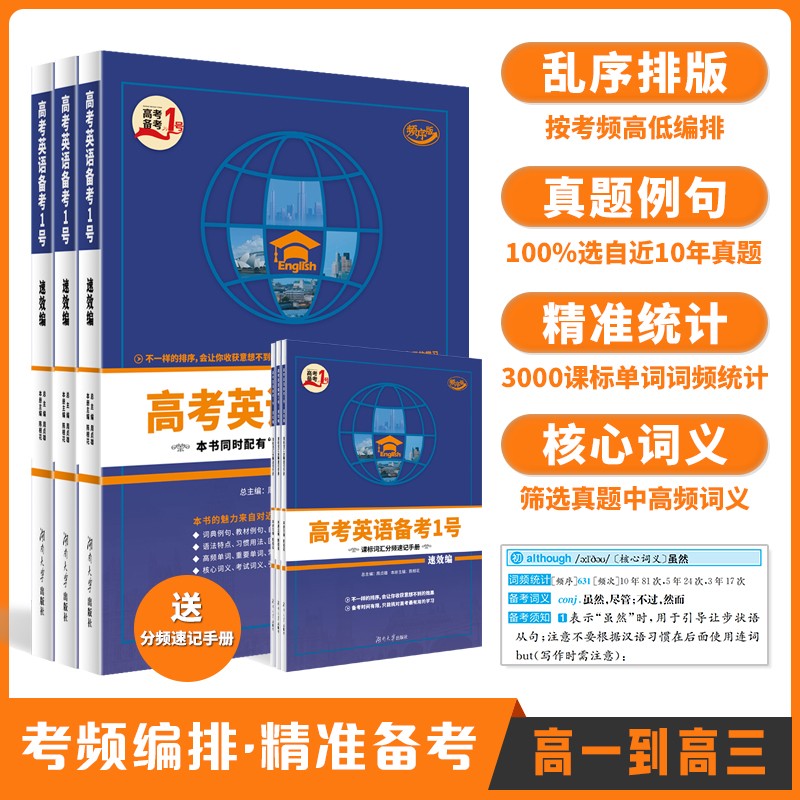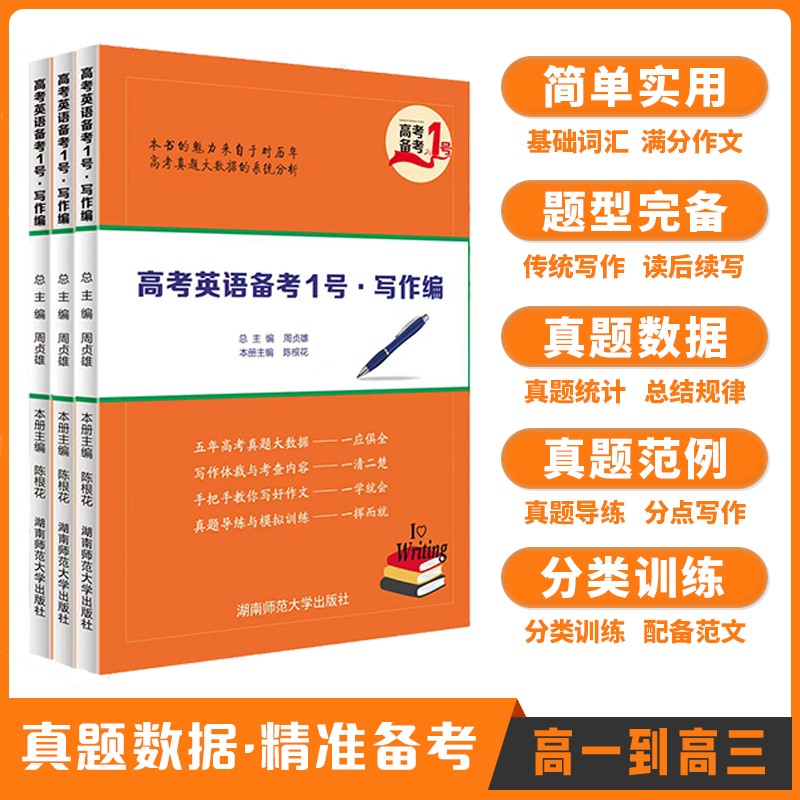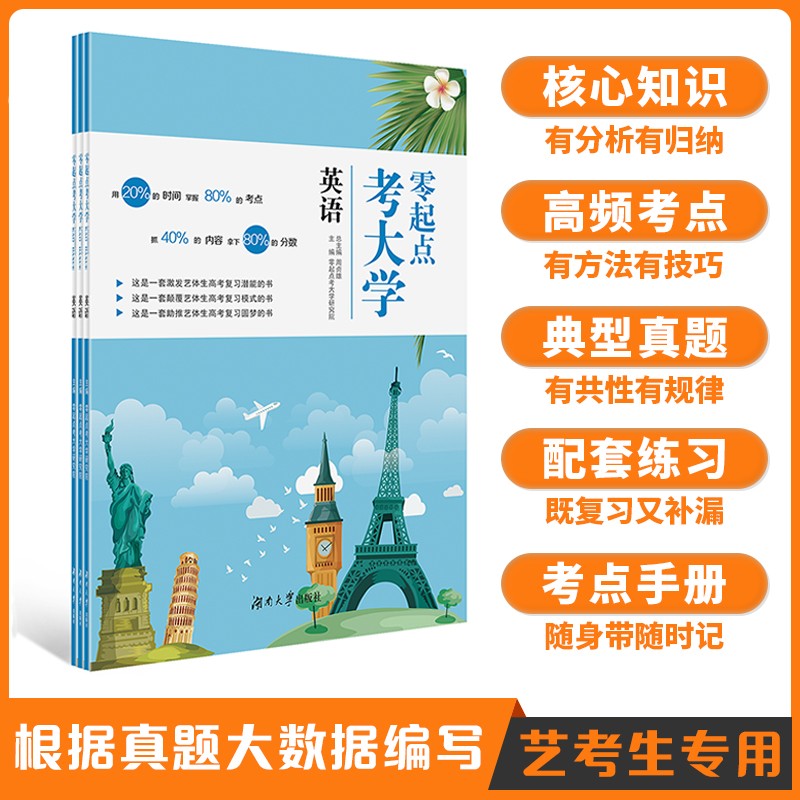请结合夸克语法说明一下句子状语和附加状语的区别
最佳答案 2020-01-18 17:59
附加状语(adjunct)又叫修饰性状语,分为谓体状语和句子状语二类。前置修饰谓语动词,后者修饰整个句子。谓体修饰性状语又分为必具性状语和选择性状语。
He lived in Beijing.
He put the book on the desk.
以上二句中的地点状语均为必具性谓体附加状语(地点状语,修饰谓语动词)。
He kissed his mother on the cheek.
上句中的on the cheek为选择性谓体附加状语(地点状语)。去掉状语,谓语动词的意义仍然完整。He kissed his mother.
He kissed his mother on the platform.
上句中的on the platform虽然也是附加状语表示地点,但却不是修饰谓语动词kiss的部位,而是修饰整个句子,即他亲吻母亲这个事件发生的地点是在站台上。
相对于谓体附加状语,句子附加状语更具边缘性,所以除了可以用于句末位置外,句子附加状语还可以位于句首,用逗号隔开。例如:
On the platform, he kissed his mother.
谓体附加状语通常不可以在句首用逗号隔开:
?On the cheek, he kissed his mother.
谓体附加状语和句子附加状语可以出现在同一个句子中,此时谓体附加状语位于句子附加状语之前,即边缘性的句子附加状语离谓语动词更远。
He kissed his mother on the cheek on the platform.
? He kissed his mother on the platform on the cheek.
On the platform, he kissed his mother on the cheek.
? On the cheek, he kissed his mother on the platform.
另外,地点状语位于句首,后接并列谓语,通常地点状语为句子状语,修饰整个句子。同样的地点状语如果位于句末,则通常为第二个谓语动词的谓体状语。
In Australia, he travelled a great deal and eventually settled down.
地点状语为句子状语,故他travel和settle down都是在澳洲。
He travelled a great deal and eventually settled down in Australia.
地点状语只修饰谓语动词settle down, travel可能是世界各地。
句子附加状语和谓体附加状语的最大区别就是前者可以用在句首,并用逗号隔开。在语义上句子状语修饰整个句子,而不是仅仅修饰谓语动词。
如果觉得我的回答对您有用,请随意打赏。你的支持将鼓励我继续创作!

- 0 关注
- 9 收藏,6131 浏览
- Kevin wei 提出于 2019-01-31 19:54
相似问题
-
 《高考英语备考1号·速效编》
《高考英语备考1号·速效编》
-
 《高考英语备考1号·写作编》
《高考英语备考1号·写作编》
-
 《高中英语晨读晚记》
《高中英语晨读晚记》
-
 《高中英语错题笔记》
《高中英语错题笔记》
-
 《零起点考大学英语》
《零起点考大学英语》
-
